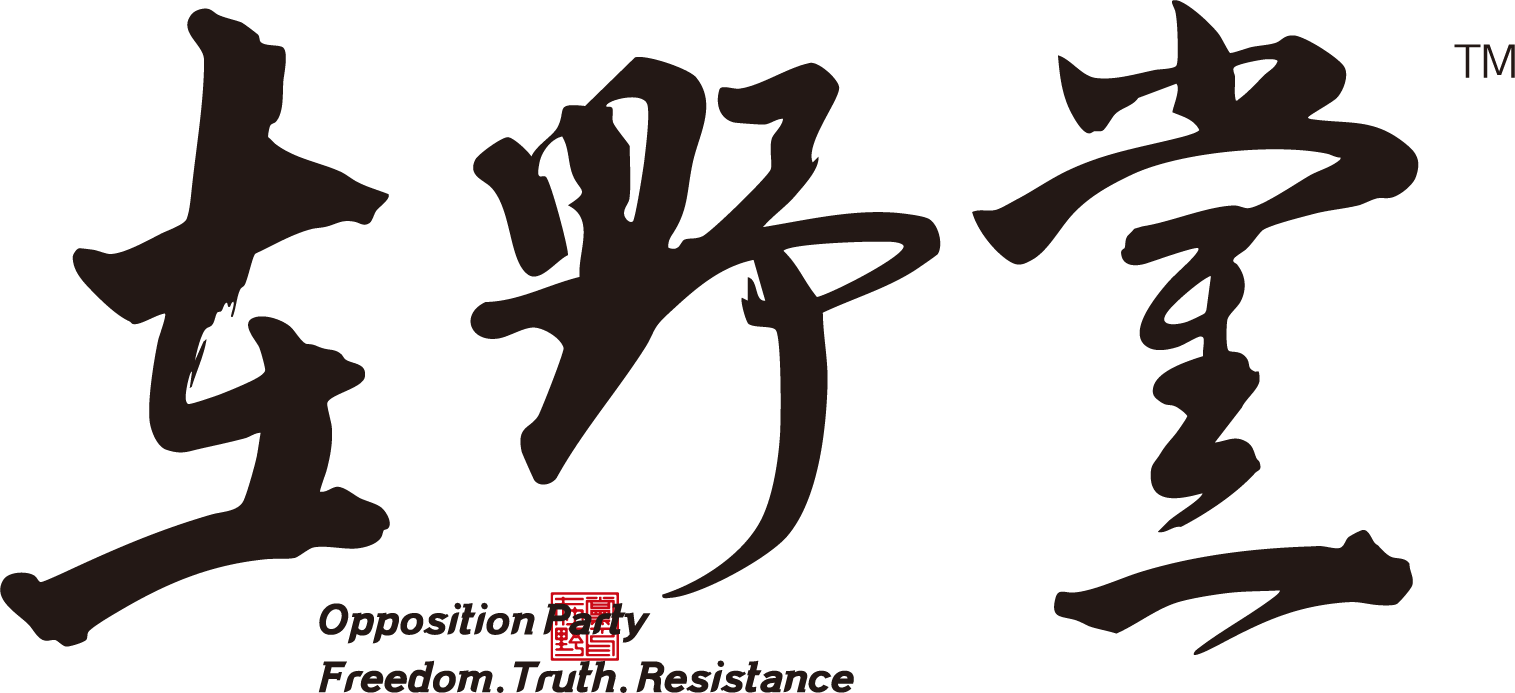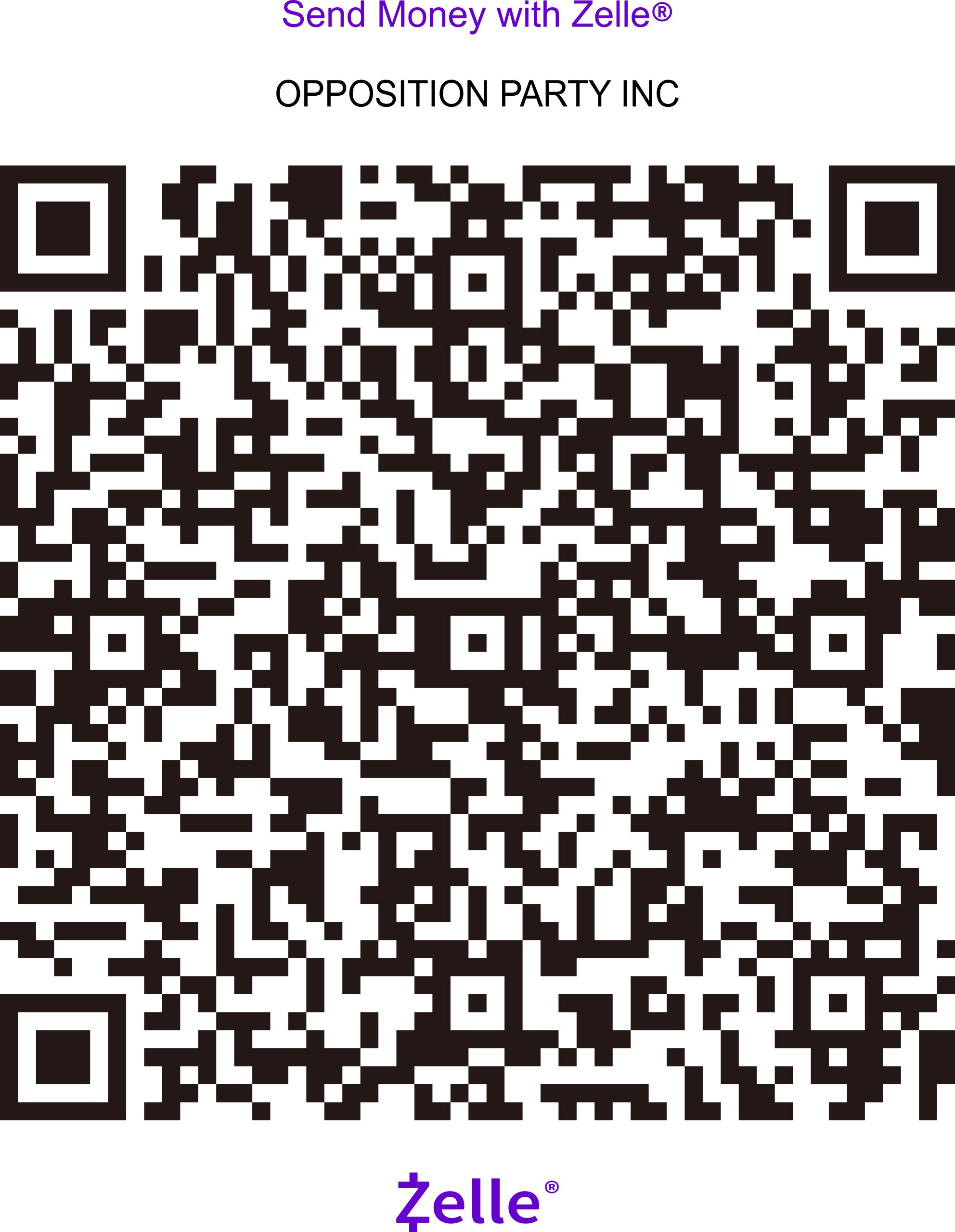作者:张致君 校对:林小龙
张致君-rId5-757X646.jpeg)
(中国新华社新闻截图)
张致君-rId6-800X451.jpeg)
(自由时报网图)
2025年10月25日,中国新华社发布通告,中国全国人大常委会宣布将这一天定为“台湾光复日”。消息一出,舆论即刻两极。北京方面称这是“历史正义的昭告”,而台湾社会则出现另一种声音——“这不是光复日,而是台湾再沦陷日。”同样的一段历史,却在不同体制与自由程度下,讲出了完全不同的故事。
1945年10月25日,台北中山堂。日本第十方面军司令安藤利吉向中华民国代表陈仪递交降书。那一天,被写入台湾课本,称作“台湾光复日”——台湾重归祖国怀抱。但在国际法的框架下,现实远比宣传复杂。
二战结束时,《开罗宣言》、《波茨坦宣言》乃至《日本降伏文书》,都仅为政治声明与投降条款,并无法律上领土转移的效力。日本确实放弃了台澎,但未指明归属哪国。《旧金山和约》亦仅写道“日本放弃对台湾、澎湖的一切权利”,却未将主权移交中国。换句话说——1945年的台湾,只是由中华民国代表盟军暂时接受管理,而非“主权归还中国”。
因此,从国际法的角度,“台湾光复”并不存在。存在的,是一次军事接收与随后持续数十年的威权统治。1947年的“二二八事件”,白色恐怖与戒严长夜,让许多台湾人意识到,这个名为“光复”的日子,开启的不是自由的黎明,而是另一次的压迫。
于是,历史的意义被倒置——“光复”成了“沦陷”的起点。台北的街头有人举牌:“那一天,我们失去了声音。”
那么,中共为何在2025年重新宣布“台湾光复日”?答案不在历史,而在政治。
对中共而言,这不仅是一种“纪念”,而是一种“法理塑形”,通过“国家纪念日”的名义,将“台湾属于中国”的叙事制度化、官方化、法律化。当历史被写进法律,记忆便成为统治的延伸。正如《国家安全法》将“统一”定为国家使命,如今的“光复日”则成为一块“法理统一”的地基。未来无论是否动武,这一天都可被援引为“历史依据”——一个象征台湾“理应归属”的法源基础。
这是一种极具政治工程意味的历史再造:北京不需要真正的历史真相,它只需要一个能在法律条文、外交辞令和宣传影片中反复引用的符号。“光复日”就是这种符号的典型产物。而大陆的民众不能提出任何不一样的声音,台湾的归属不容讨论,而真正的历史不允许传播。
相较之下,台湾社会的反应体现出另一种制度力量:言论自由。当北京宣布“光复”,台湾的民间社群却能公开说“这是沦陷”;台湾人在社交媒体发文:“我们从小被教导台湾光复了,但那只是另一场占领。”有人用《黑客帝国》的隐喻写道:“红色药丸是真相,蓝色药丸是课本。”
在一个言论自由的社会,人们有权质疑权力的叙事,有权重新解读历史。这恰恰是民主与极权的分界线:在台湾,你可以怀疑“光复”;而在大陆,你不能怀疑“统一”。前者容许历史成为争论的场域,后者只容许它成为政治的祭坛。
正如日籍评论员矢板明夫所言:“如果国民党将9月23日越南受降日也称为‘光复越南’,那将是外交笑话。”但在中共语境里,这样的逻辑却被当作理所当然——因为那不是在追问真相,而是在编写合法性。
“光复日”在北京,是政权自我合法化的神圣仪式;在台北,却可能是人民反思专制历史的纪念。
这两种纪念方式,本质上是两种国家形态的投影:一种是将历史定格为政治命令的国家,另一种是允许历史被质疑、被重写、被辩论的社会。
在中共体制下,纪念日是一种纪律—它告诉人们应当记得什么、忘记什么;而在民主制度下,纪念日是一种对话——它让人们讨论记忆本身的意义。
因此,“光复”与“沦陷”的冲突,不只是两种叙事的对抗,更是权力与自由的对抗。北京用纪念日塑造“历史必然性”;台湾用言论自由揭示“历史的不确定性”。
历史不会因为一个法令而光复,也不会因为一个口号而沦陷。它存在于每个人敢不敢发声、敢不敢质疑的勇气中。当一方以“光复”之名继续要求统一,而另一方以“沦陷”之痛提醒人们警惕历史重演,真正的差异不在领土,而在心灵的疆界。
在某种意义上,2025年的“光复日”与1945年的那天并无不同——那时台湾接受外来政权的接管,如今,北京试图以话语再度接管台湾的记忆。
但不同的是:今天的台湾,已经拥有选择红色药丸的自由——哪怕真相刺痛人心,也不必再为说出它而坐牢。
而这,才是真正的“光复”。
“我们不是在讨论台湾到底是不是一个独立的国家,或者是属于谁。而能不能公开讨论这件事更重要。而公开讨论后会不会因此因言获罪更重要。”
探讨历史真相,在台湾可以,而在中共国不可以。
Taiwan’s “Restoration” and “Fall”: An Eighty-Year Narrative War Over Freedom of Speech
Author: Zhang Zhijun Proofreader: Lin Xiaolong
张致君-rId5-757X646.jpeg)
(Screenshot of a Xinhua News Agency report from China)
张致君-rId6-800X451.jpeg)
(Image from Liberty Times Net)
On October 25, 2025, China’s official news agency, Xinhua, announced that the Standing Committee of the National People’s Congress had designated this day as “Taiwan Restoration Day.”The declaration immediately polarized public opinion.Beijing called it “a proclamation of historical justice,” while many in Taiwan responded differently: “This is not a restoration day — it’s the day Taiwan fell again.”
The same piece of history, told under different systems and degrees of freedom, has become two completely different stories.
A Tale of Two Histories
On October 25, 1945, at Taipei’s Zhongshan Hall, General Andō Rikichi, commander of Japan’s Tenth Area Army, formally surrendered to Chen Yi, the representative of the Republic of China.
That day was written into Taiwan’s textbooks as “Taiwan Restoration Day” — the day Taiwan “returned to the embrace of the motherland.”
But under international law, the truth was far more complex.At the end of World War II, the Cairo Declaration, Potsdam Declaration, and Japanese Instrument of Surrender were all political statements and terms of capitulation, not legally binding instruments transferring sovereignty.
Japan indeed renounced sovereignty over Taiwan and the Pescadores, but none of these documents specified to which country those territories were transferred.Even the San Francisco Peace Treaty merely stated that “Japan renounces all right, title, and claim to Taiwan and the Pescadores,” without assigning sovereignty to China.
In other words, in 1945 Taiwan was placed under the temporary military administration of the Republic of China on behalf of the Allied Powers — not legally “returned” to China.
From the standpoint of international law, therefore, there was no “Restoration of Taiwan.”What truly occurred was a military occupation followed by decades of authoritarian rule.
The February 28 Incident of 1947, the ensuing White Terror, and the long night of martial law awakened many Taiwanese to a grim realization:the so-called “restoration” had not brought the dawn of freedom — it had ushered in a new era of oppression.
History’s meaning was reversed:“Restoration” became the beginning of subjugation.As one placard seen in Taipei read:
“That day, we lost our voices.”
Beijing’s 2025 Revival: History as Political Engineering
Why, then, did the Chinese Communist Party in 2025 once again proclaim “Taiwan Restoration Day”?The answer lies not in history, but in politics.
For Beijing, this is not merely a commemoration — it is an act of legal and ideological engineering: a way to institutionalize, officialize, and legalize the narrative that “Taiwan belongs to China.”
When history is written into law, memory becomes an instrument of governance.Just as the National Security Law defines “national reunification” as a legal mission, the new “Restoration Day” serves as the foundation of a legal doctrine of unification.
Whether or not military force is ever used, this symbolic date can be invoked as a “historical justification” — a supposed source of legitimacy for China’s claim over Taiwan.
This is a calculated reconstruction of history.Beijing does not need factual accuracy; it needs a symbol — one that can be endlessly cited in legal documents, diplomatic statements, and propaganda films.
“Restoration Day” is exactly such a symbol.And in mainland China, no dissenting voice may question it.The status of Taiwan cannot be discussed, and genuine history cannot be published.
Freedom of Speech: Taiwan’s Different Path
By contrast, Taiwan’s response demonstrates the power of a free society.
When Beijing declared “Restoration,” Taiwanese citizens openly replied: “It’s the day of our fall.”Social media filled with posts like:
“We were taught that Taiwan was restored, but it was just another occupation.”
Some used metaphors from The Matrix:
“The red pill is truth; the blue pill is what the textbooks told us.”
In a society with freedom of speech, people have the right to question official narratives and reinterpret history.That is the essential boundary between democracy and authoritarianism:
In Taiwan, you can doubt “restoration.”In China, you cannot doubt “reunification.”
In the former, history is a field of debate;in the latter, it is an altar of ideology.
As Japanese commentator Akio Yaita observed:
“If the Kuomintang were to declare Vietnam’s September 23 surrender day as ‘Vietnam Restoration Day,’ it would be a diplomatic joke.”
But in the CCP’s political language, such logic is treated as natural — because the goal is not to seek truth, but to construct legitimacy.
In Beijing, “Restoration Day” becomes a sacred ritual of regime legitimation;in Taipei, it serves as a day of reflection on past authoritarianism.
These two forms of commemoration mirror two models of the state:one that fixes history as a political command,and another that allows history to be questioned, rewritten, and debated.
Under the CCP, a national holiday functions as a form of discipline — it dictates what people must remember and what they must forget.Under democracy, a commemoration becomes a conversation — it invites people to discuss the meaning of memory itself.
Thus, the clash between “Restoration” and “Fall” is not only a battle of narratives; it is a confrontation between power and freedom.Beijing uses commemorations to assert historical inevitability;Taiwan uses free speech to reveal historical uncertainty.
History, Memory, and Freedom
History is neither restored by a decree nor lost to a slogan.It lives in the courage of people — the courage to speak, to question, to remember.
When one side invokes “restoration” to demand unification, and the other recalls “fall” to warn against the return of tyranny,the real divide is not one of territory, but of the human mind.
In a sense, the “Restoration Day” of 2025 is not so different from that of 1945:then, Taiwan was handed over to a foreign regime’s administration;now, Beijing seeks to reclaim Taiwan’s memory through narrative domination.
The difference is this:Today’s Taiwan has the freedom to choose the red pill —to face painful truths without fearing imprisonment for speaking them aloud.
And that, ultimately, is the truest form of restoration.
“The question is not whether Taiwan is an independent country or belongs to someone else.The real issue is whether people can discuss it openly — and whether they can do so without fear of punishment.”
To seek historical truth is possible in Taiwan.Under the CCP’s rule, it is not.


张宇-中国新的文字狱时代-rId7-1916X1440.jpeg?w=218&resize=218,150&ssl=1)
张宇-rId5-1269X686.png?w=218&resize=218,150&ssl=1)


